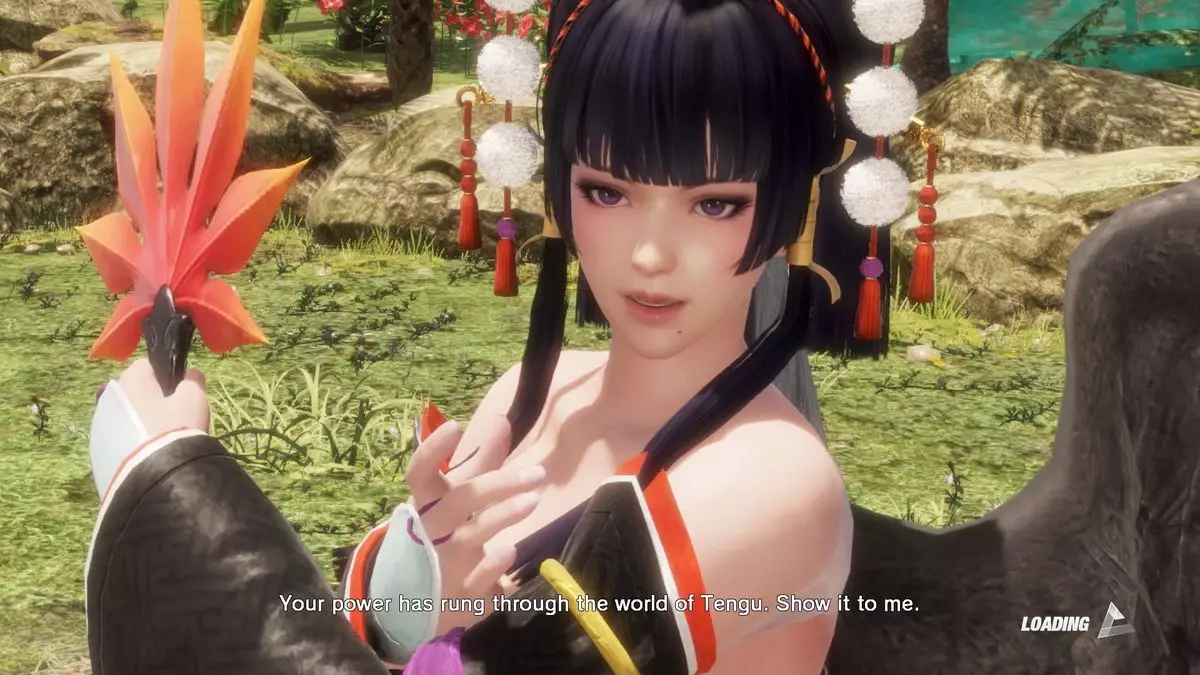Fan art has emerged as a dynamic outlet for artistic expression within gaming communities. It often reflects the passions and interpretations of fans who wish to celebrate their favorite characters from beloved franchises. However, with this freedom to create comes a responsibility that publishers like Koei Tecmo take seriously. The publisher’s relationship with fan art is nuanced and governed by both legal guidelines and an understanding of community engagement.
According to statements made by Tomotoshi Nishimura, the general manager of Koei Tecmo’s legal affairs, the company adopts a surprisingly open stance towards fan-created artwork. Rather than outright condemning the endeavor, Koei Tecmo acknowledges the positive aspects of fan art, even going so far as to endorse fan-operated events such as Comiket, where artists can monetize their passion. This inclusive attitude suggests that Koei Tecmo appreciates how fan art can enhance the cultural discourse surrounding their properties, lending itself to a form of organic marketing that traditional channels may overlook.
Nonetheless, the publisher must draw a line when fan art strays into problematic territory. The guidelines they enforce help to protect both the integrity of the characters and the company’s brand. It becomes clear that while Koei Tecmo celebrates creativity, they are also keenly aware of the potential repercussions that arise when the narrative shifts from homage to inappropriate representation.
Koei Tecmo’s stringent oversight of fan creations sees them taking decisive actions against thousands of artworks annually. The parameters for removal are defined yet somewhat subjective; the company steps in if fan art references characters from unreleased games or portrays them in ways that could be construed as sexually explicit. Such measures underscore a critical philosophy: the characterization of beloved game icons should remain consistent with the essence intended by their creators.
One intriguing aspect of Nishimura’s comments is the emotional investment Koei Tecmo’s developers have in their characters. He referred to them as “like daughters,” which brings an unsettling yet realistic perspective to the protective instinct behind their brand management. This anthropomorphism highlights how deeply developers may relate to their creations, further complicating the public’s interaction with fan art.
What emerges from Koei Tecmo’s approach is an ongoing tension between creative freedom and corporate responsibility. The need to protect a brand while allowing fans to express their artistic inclinations can sometimes give rise to conflict. Fans might feel stifled by the regulations, particularly when the intent behind their creations is misunderstood or mischaracterized.
Koei Tecmo’s handling of fan art reveals a complex relationship where the celebration of creativity must coexist with protective mechanisms. As the industry evolves and continues to witness the rapid growth of fan engagement, it will be fascinating to observe how companies navigate these waters, seeking to foster a collaborative environment without compromising their values or the integrity of their creative assets. The balance they must strike is delicate, but essential for maintaining a thriving community around their games.

